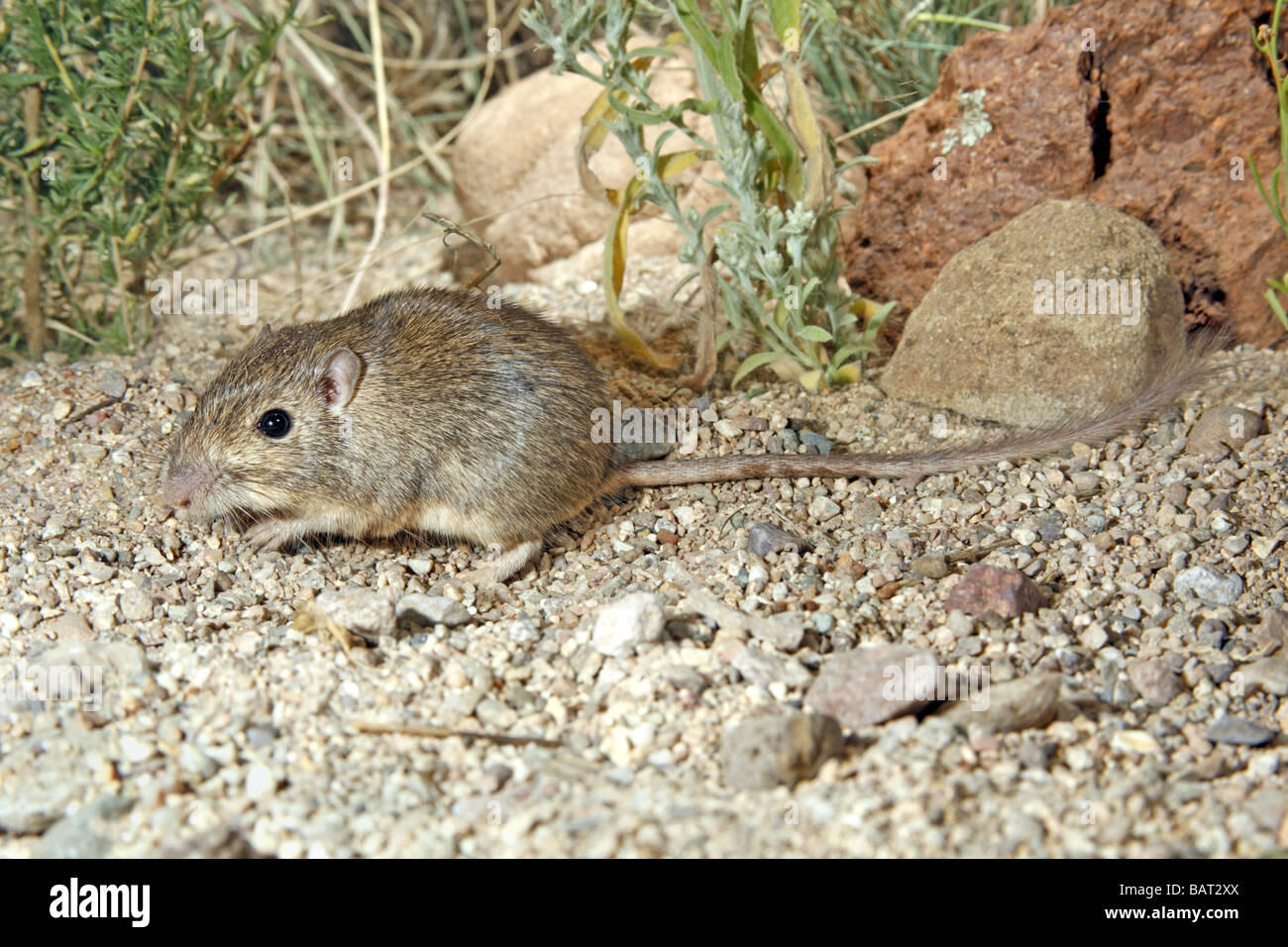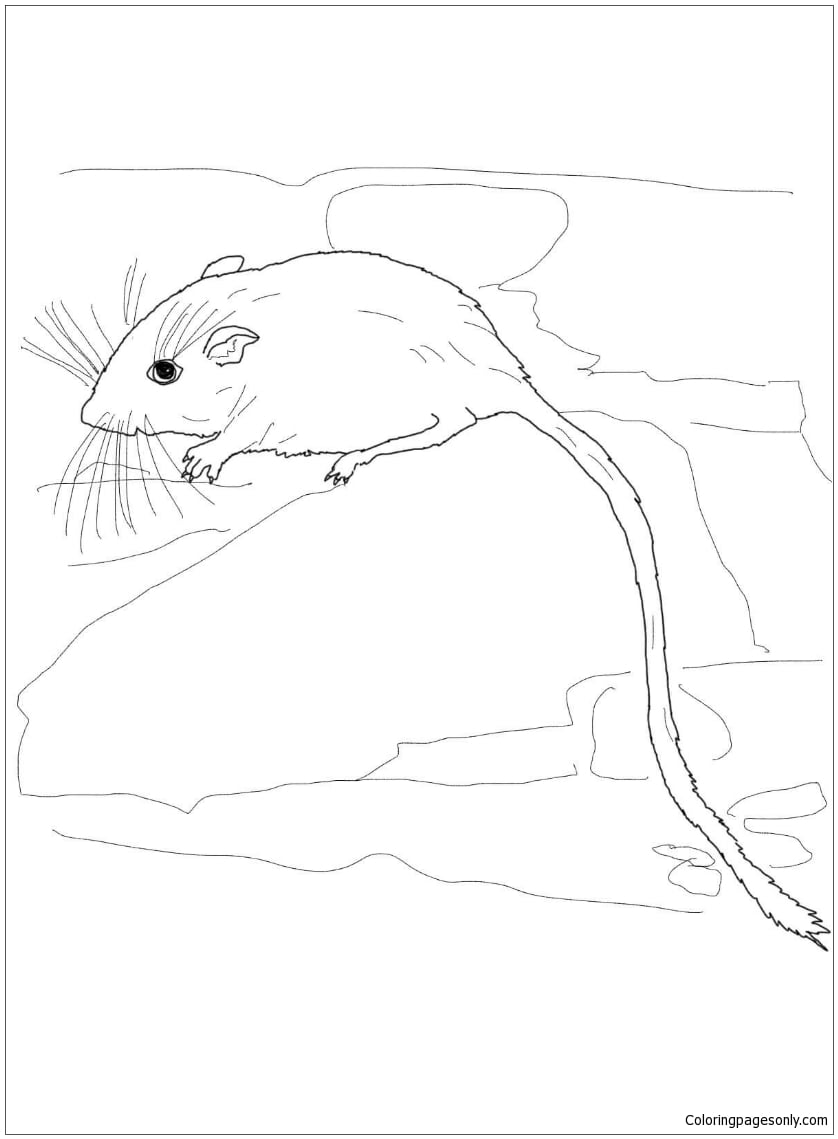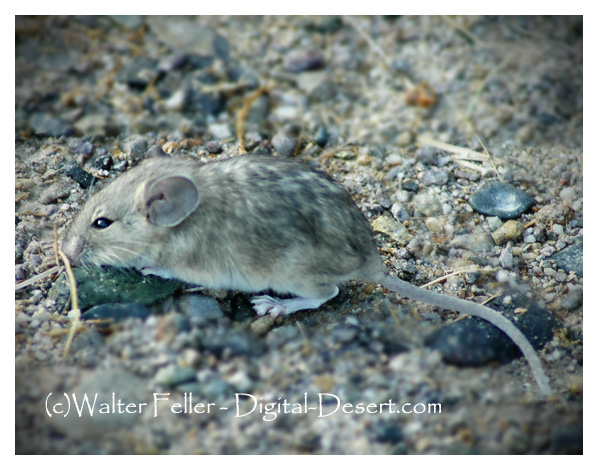

By analyzing 1,570 plasma samples with >60 individuals that were trapped and processed 4 or more times over the 8 month period, we were able to adequately quantify foraging strategies. δ 15N values indicate the trophic breadth of the community while δ 13C values represent foraging preferences. Variation in isotopic space can be linked to individual variation in diet (specialist versus generalist). We used Bayesian spatial metrics to quantify isotope variation temporally across the species as measured by standard ellipse areas in δ 13C versus δ 15N bivariate space. Differences in δ 13C and δ 15N values among rodents and plant functional groups (C 3 versus C 4) were assessed using Tukey post hoc tests to adjust for multiple comparisons. We used a Bayesian mixing model to estimate the proportion of assimilated carbon that was derived from C 3 versus C 4 primary production in plasma, offset by a trophic discrimination factor. Mice were trapped monthly from March to October, 2014, pit-tagged, sexed, aged, bled, and reproductive status determined. The desert pocket mouse (Chaetodipus penicillatus) is a North American species of heteromyid rodent found in the southwestern United States and Mexico. This research (1) quantified resource use within individual PGFV as either generalists or specialists and (2) calculated the density and distribution of these mice across our study area. Does not qualify for a more at risk category.In a nutrient limited desert ecosystem, Perognathus flavus (PGFV) utilize a variety of foraging strategies to partition these limited resources and maximize fitness. The Desert pocket mouse is listed as Least Concern (LR/lc), lowest risk. On average, gestation takes 23 days and a litter consists of four young, though it could be as few as one or as many as seven. During that year, a female may bear one or two litters from early spring to late summer. The average lifespan for a desert pocket mouse is just one year whether in the wild or in captivity. It has natural predators, such as owls, but is not currently in danger of extinction. They compete with other members of the Heteromyidae family for food. They tend to be solitary animals who forage at night.

The desert pocket mouse has sharp front incisors that help it to break through hard, dry desert soil to search for buried seeds. Its feet are whitish, and its hind feet are about 25 millimeters long. It has coarse fur that's grayish brown on its back and whitish on its underside. Average weight varies from 11 to 22 grams, or. Of that length, more than half-about 110 millimeters-is its tail. The average length of a desert pocket mouse is 180 millimeters, or seven inches. This helps it to live in an arid desert climate. It seems to extract as much water as it needs from the seeds it eats. Interestingly, there's no evidence a desert pocket mouse drinks water. In some areas, the desert pocket mouse may go into partial hibernation for the winter months, waking only often enough to eat stored seeds. The desert pocket mouse has cheek pouches to store seeds in, and it also builds burrows to store seeds for the winter. It may occasionally supplement its diet with insects. It burrows into the desert soil to find seeds from grasses or shrubs. The desert pocket mouse is a granivore, meaning seeds make up its diet. The little vegetation around may consist of cacti, yucca, mesquite, palo verde or creosote bush. It's not generally found in rocky areas.Ĭommon desert pocket mouse habitats include dry stream beds, desert washes or arroyos. It prefers dry, sandy regions with little vegetation.


The desert pocket mouse ( Chaetodipus penicillatus) lives in the desert regions of the southwestern United States, including Nevada, Arizona, parts of New Mexico, Texas and California, the Baja Peninsula and northeastern Mexico. Suborder Sciurognathi contains 11 families Subfamily Perognathinae contains 2 genera


 0 kommentar(er)
0 kommentar(er)
